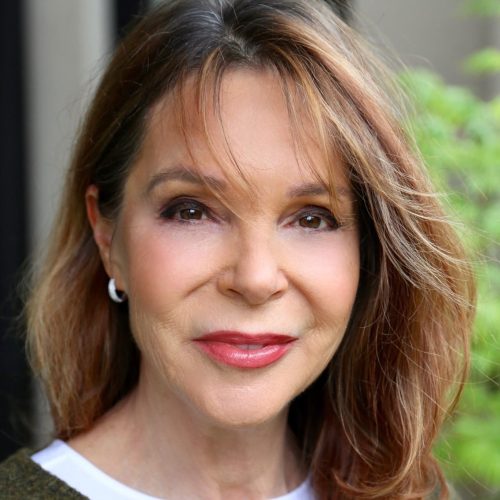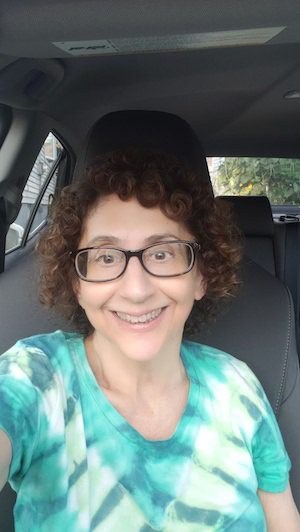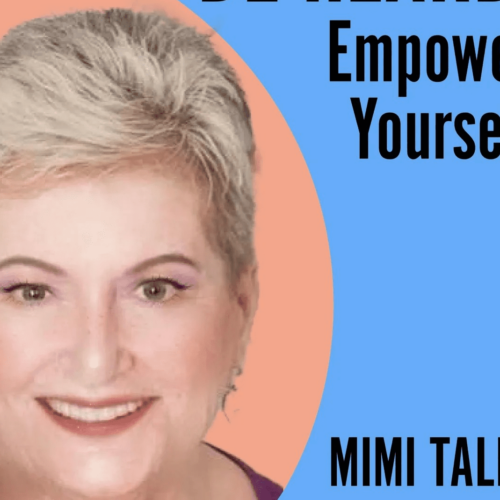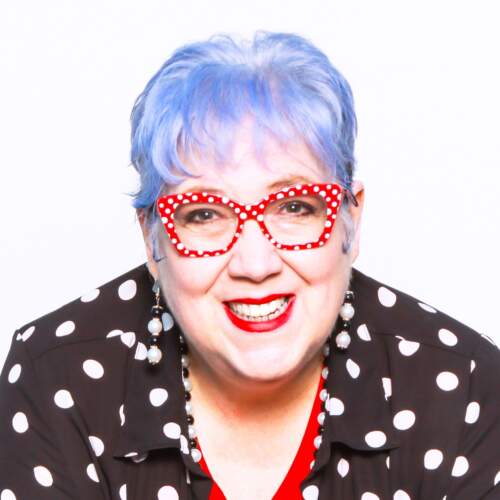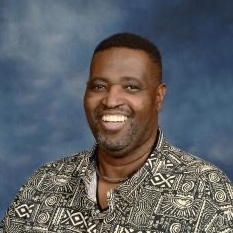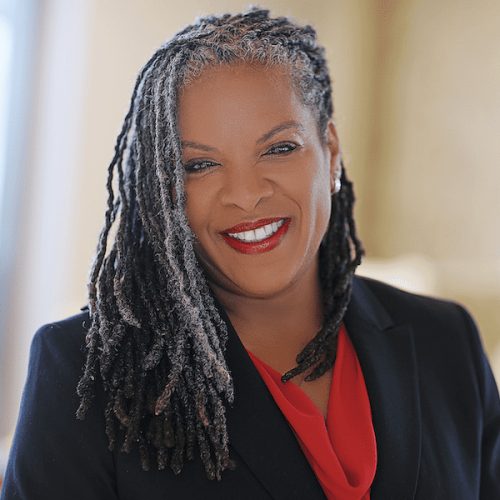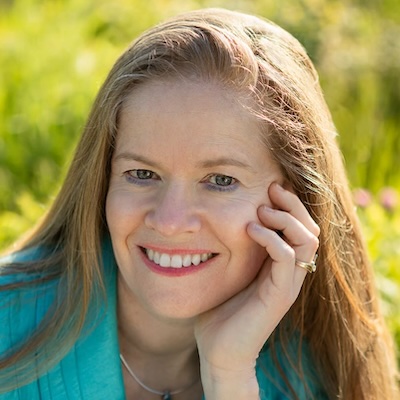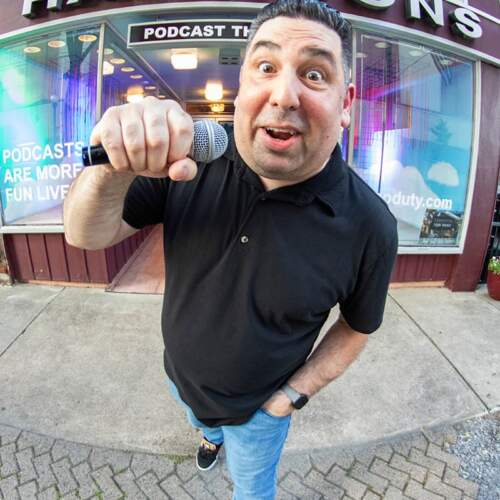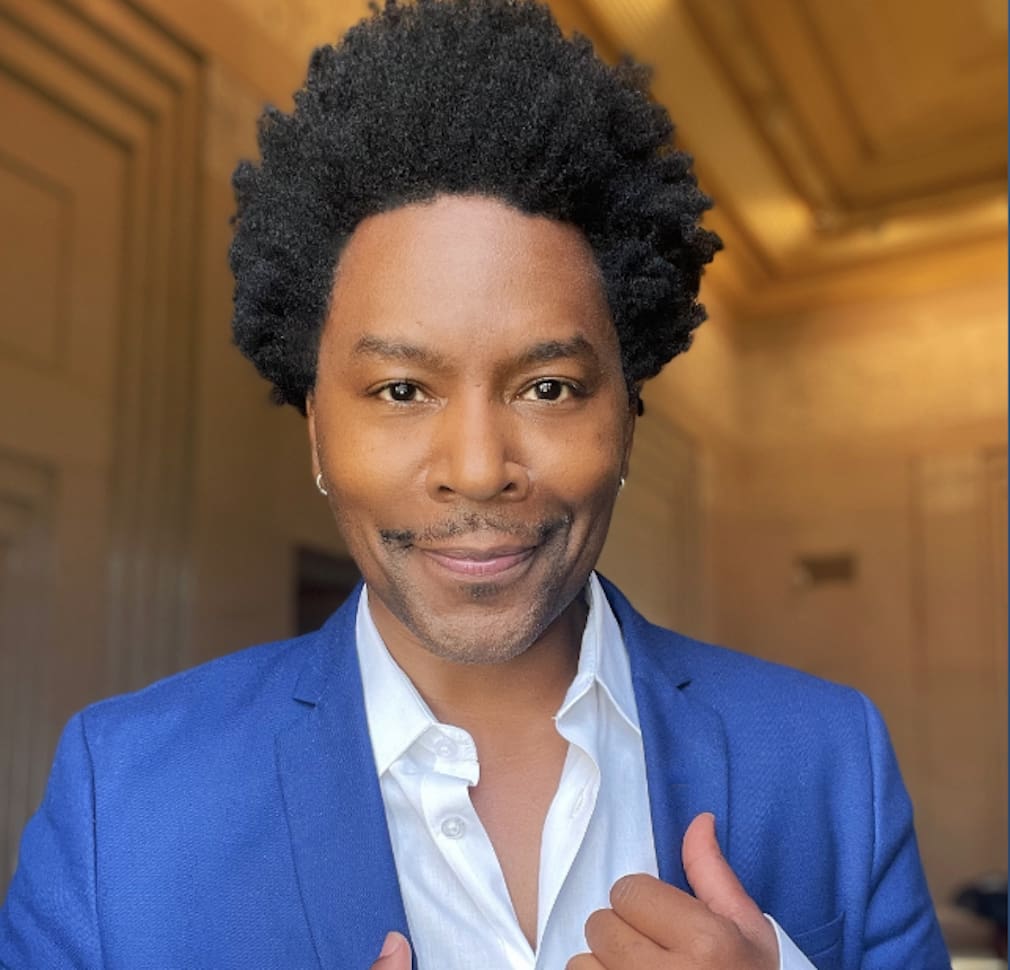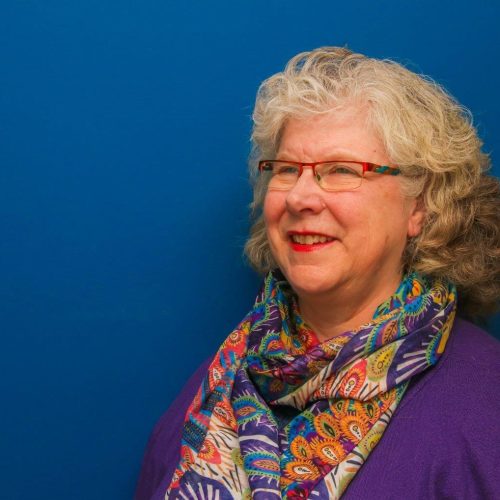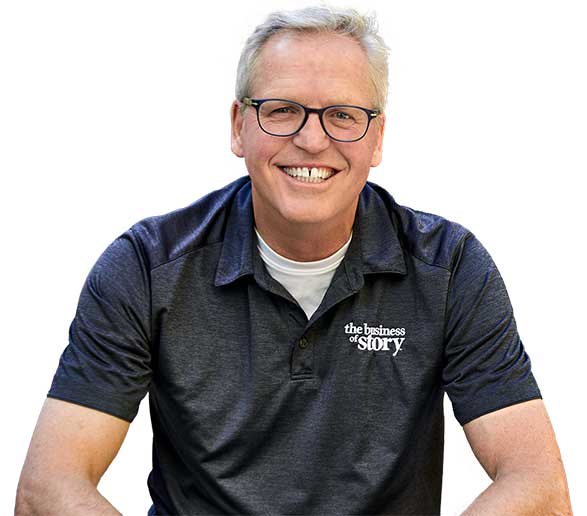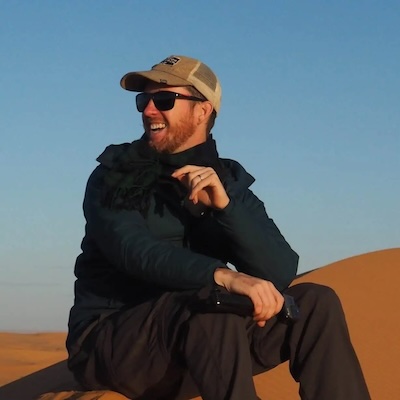Iva Davies and Icehouse: Australia’s Rock Icons
- Iva Davies and Icehouse: Australia’s Rock Icons Sandy Kaye 52:00
Iva Davies was born and raised in regional Australia, where his early exposure to music set the stage for his remarkable career. Trained as a classical musician, he excelled as an oboist. However, the allure of rock music and the emerging punk and new wave scenes in the 70s inspired him to shift gears.
Influenced by artists like David Bowie, Roxy Music, and Brian Eno, Iva began exploring electronic and experimental sounds, which would later define Icehouse’s unique style.
In 1977, Davies formed Flowers with bassist Keith Welsh, marking the beginning of a significant chapter in Australian music. Originally a covers band, Flowers soon began incorporating original material. Their raw energy and Iva’s charismatic stage presence quickly made them a favourite in Sydney’s pub rock circuit.
The release of their debut album, Icehouse, in 1980, was a game-changer. Featuring tracks like “We Can Get Together” and “Can’t Help Myself,” the album showcased a blend of new wave, punk, and synth-driven rock. Its success led to an international record deal but a legal conflict over the name Flowers prompted the band to rebrand as Icehouse.
As Icehouse, the group became a vehicle for Iva’s creative vision. Their 1982 album, Primitive Man, marked a major turning point. The album included the upbeat “Great Southern Land,” a song that became an unofficial Australian anthem.
The next album, Sidewalk (1984), showcased Davies’ maturing songwriting and reflected his growing interest in themes of isolation and urban life. Though less commercially successful than its predecessor, it set the stage for the band’s magnum opus, Man of Colours (1987).
Man of Colours was Icehouse’s most commercially successful album, cementing their place as global stars. Tracks like “Electric Blue,” co-written with John Oates of Hall & Oates dominated international charts. The album resonated with fans worldwide. In Australia, Man of Colours became the highest-selling album of 1987 and earned multiple ARIA Awards, including Album of the Year.
Iva’s passion for Technology and experimentation was evident throughout Icehouse’s career. He embraced cutting-edge digital synthesizers and recording techniques, creating a sound that was both innovative and timeless. In addition to his work with Icehouse, Iva composed scores for films like Razorback (1984) and collaborated with the Sydney Dance Company on Boxes (1985) and Berlin (1995), blending classical and modern musical elements.
Despite lineup changes and shifts in the music industry, Icehouse remained a beloved act. In the 1990s, the band released Code Blue (1990) and Big Wheel (1993), which explored deeper and more personal themes. Although these albums didn’t match the commercial heights of earlier works, they reinforced Davies’ reputation as a versatile and introspective artist.
By the 2000s, Icehouse focused on live performances, reconnecting with fans through nostalgia-fueled tours. Davies also reworked classic tracks for the 2011 album Icehouse: White Heat 30 Hits, which celebrated the band’s enduring Legacy.
Iva Davies and Icehouse have left an indelible mark on Australian music and beyond. Great Southern Land is regularly cited as one of Australia’s greatest songs, and Icehouse’s albums continue to influence generations of musicians. Davies’ fusion of classical training, electronic Innovation, and rock sensibility has made him one of Australia’s most iconic and enduring musical talents.
Today Icehouse remains active, with Iva at the helm, performing to loyal audiences and to new fans. The band are celebrated as pioneers of Australian music and continue to bridge the gap between the past and the future of rock and electronic sounds.
Catch Icehouse when they headline the RED HOT SUMMER TOUR starting January 2025. Supported by several other notable Australian bands in Noiseworks, Wolfmother, Eskimo Joe, Baby Aniamls, Killing Heidi and Bachelor Girl – this is sure to be an incredible outdoor music festival.




